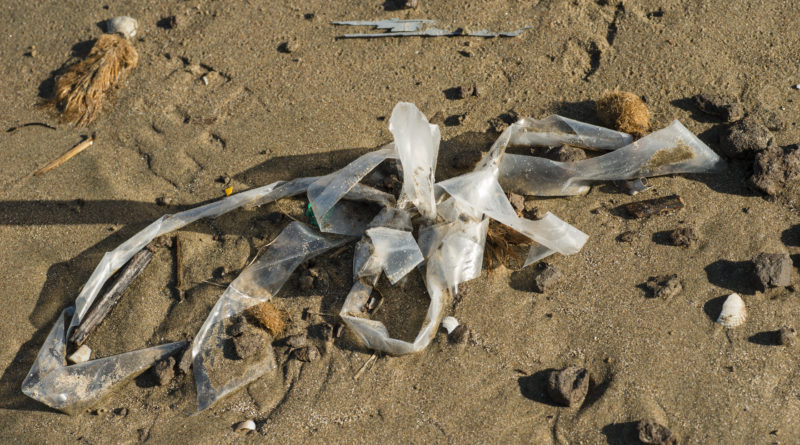New Studies Show Microplastics Are A Huge Problem
1,323 total views, 1 views today
We’ve all seen a plastic bag being beaten around floating aimlessly in the wind, never quite settling in one place. What happens, it might be natural to ask, when these bags eventually find a resting place? Better yet, do they find resting places?
A research team at the University of Strathclyde in Scotland sought to answer this question from a scientific perspective. They didn’t expect to make a discovery that spells potential alarm for all life on this planet.
Steve Allen, a member of the University of Strathclyde research team, worked with his colleagues to plant plastic particle collectors at elevations of 4,500 feet. Allen and his team arranged their collectors at these high elevations among mountains in a remote part of the Pyrenees, the mountain range that delineates the border among France, Spain, and Andorra. By their logic, plastic bags weren’t disappearing into the highest highs of the atmosphere, but they were definitely drifting their way close to a mile above sea level.
Their logic also dictated that plastic particles from these bags would make their way down to Earth over time, thanks to decay. What scared the scientists is the massive volume of microplastic particles their collectors gathered.
Every day, Allen’s team averaged 365 microplastic particles accumulated per square meter of collector area. As Allen told NPR, such numbers might make sense in an urban setting, but in an area as remote as the Pyrenees, these figures are “astounding.”
According to the researchers’ findings, recently published in the journal Nature Geoscience, bags were far from the only source of plastic particles gathered in the collectors. Plastic film, packaging, and clothing fibers also contributed microparticles to the team’s collectors. Perhaps most alarming is that, at the quantities recorded in Allen’s team’s research, these particles couldn’t have all come from nearby. Only a handful of small villages are located within 60 miles of the collectors. Plastic microparticles are thus making their way to remote settings from heavily-populated areas.
The challenge is understanding how these microparticles are transported. According to research team member Deonie Allen, who is part of the French research unit EcoLab, very little is known about the drift of microplastic particles through space. The movement of natural particles such as dust is understood — winds have transported such particles from deserts to oceans for as long as scientists have studied the earth — but massive barriers exist to understanding how microplastics are traversing such vast distances.
The research team stressed that its findings could very well suggest that people all over the world are inhaling microplastic particles every day. Their study suggests that microplastic particles can travel hundreds of miles from densely populated areas, exposing all global populations to them. It’s not yet understood what impacts microplastic inhalation can have on the human body, but their rapidly-increasing prevalence means that they ought to be a major focus of the scientific conversation and research moving forward.
Microplastic has even been found as far away as in the Arctic. As much of this year’s environmental reporting has demonstrated, plastic may well be the defining pollutant of our time.

